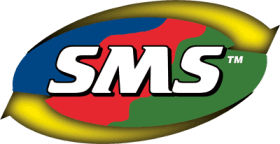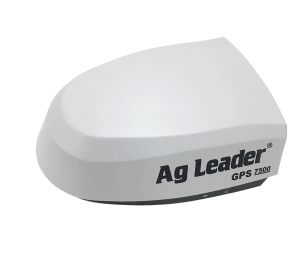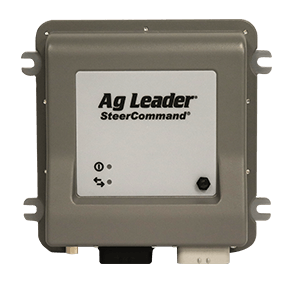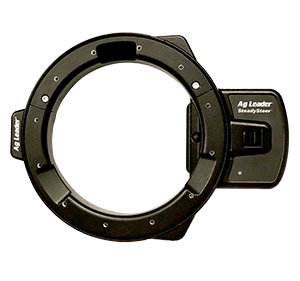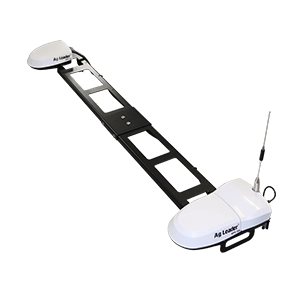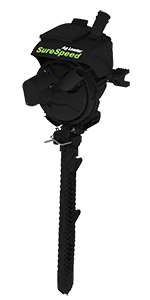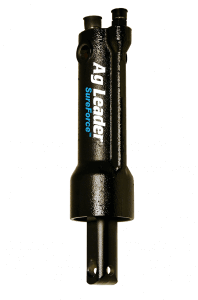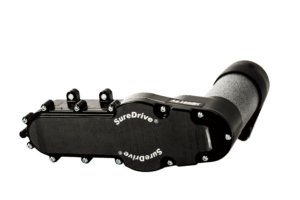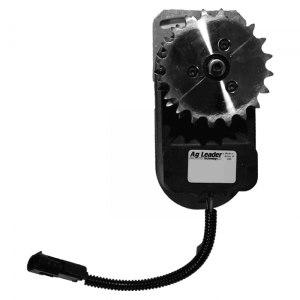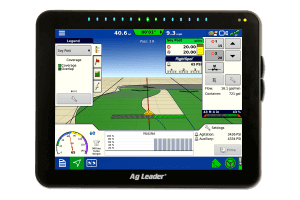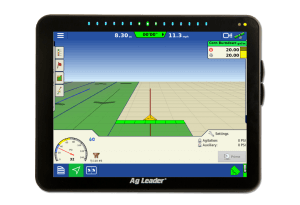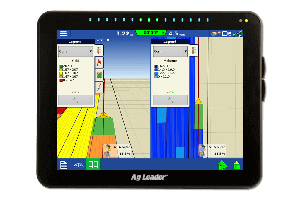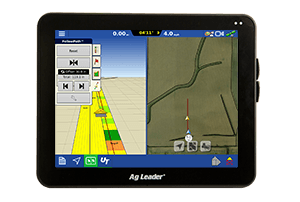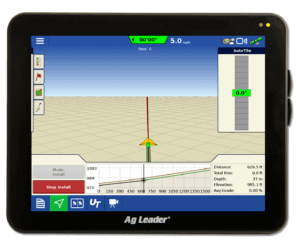What is in your technology toolbox?
Every operator has some form of a toolbox at their disposal in case a machine breaks down. When you open that toolbox you can find a variety of things. One operator may have a hammer and duct tape and can perform all his repairs with that. The next operator may have a mobile hardware store with every tool known to man. While the first toolbox scenario may be a little lacking the second may be excessive.
The question is what tools and preparations are needed when it comes to your Ag Leader precision equipment? To answer this question I will spend some time on what can be done to prepare so that if you do have downtime, it is minimized and your machine is back operational as quickly as possible.
Everyone can appreciate a neat and clean installation job of Ag Leader components. Keeping installs neat and clean usually means that cabling and modules are installed in less visible areas. Installing components in those less visible areas can cause one troubleshooting problem: locating them. Most of us here in support have had calls from operators that didn’t install the components on their machine. If the operator is not familiar with the location of components it adds time to the troubleshooting process. Knowing the location of CAN modules, cable connections and fuses will greatly speed up the process of troubleshooting your system and getting your machine operating again. Take the time to locate or speak with your Ag Leader dealer to locate these parts so you are better prepared if the need arises to troubleshoot your system.
There are a few basic items that should be carried on your machine or kept nearby in the event of a breakdown. The list of items is as follows:
- Product manuals– All Ag Leader product manuals can be found here. A smart phone or wireless hotspot for internet access will allow you to view a digital copy of all manuals while in the field.
- Digital multimeter– Testing electrical components will require a multimeter. Familiarize yourself with your multimeter so that you can test for voltage, continuity and amperage.
- Fuses– Carry multiple of each size and amperage of fuse that your system requires. Ranges of 5 to 30 amp ATC blade fuses and 5 to 15 amp Mini blade fuses may be required.
- Contact cleaner– Useful if any cabling connections become dirty and require cleaning.
- Zip ties– Used to tie up any cables that need relocated or reinstalled after troubleshooting.
- Jumper wire– Simply a piece of wire used to jump between pins when testing a connection or component.
- Electrical tape– Used to reapply any tape that was removed for troubleshooting.
Keeping these items readily available will allow your dealer or the support staff at Ag Leader to diagnose the problem as quick as possible if an issue occurs. Remember, Ag Leader still supports all of the hardware the company has sold since opening in 1992. If it says Ag Leader on the label, no matter when you purchased it, your local dealer and all of us in Ag Leader support are here to help.



